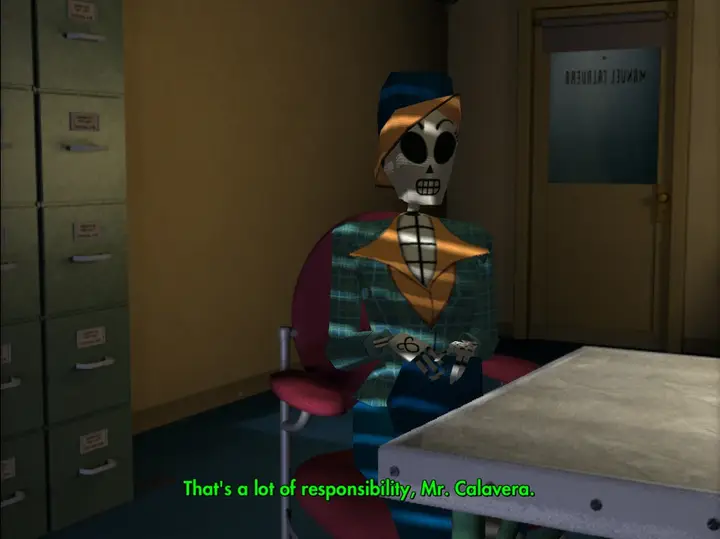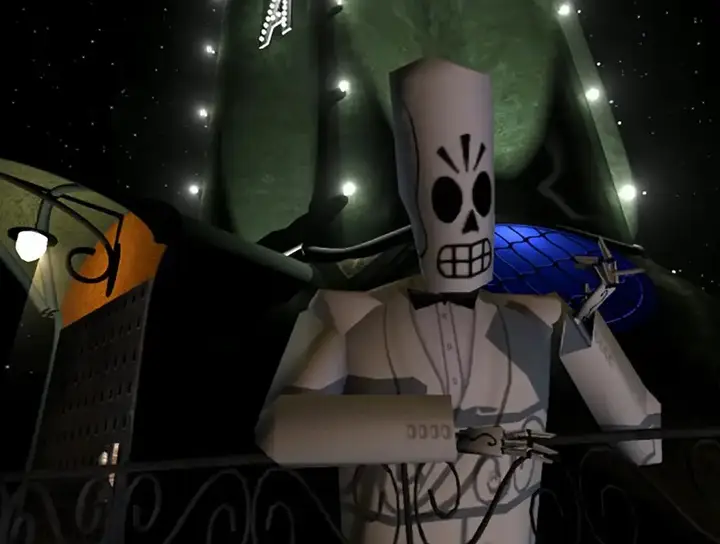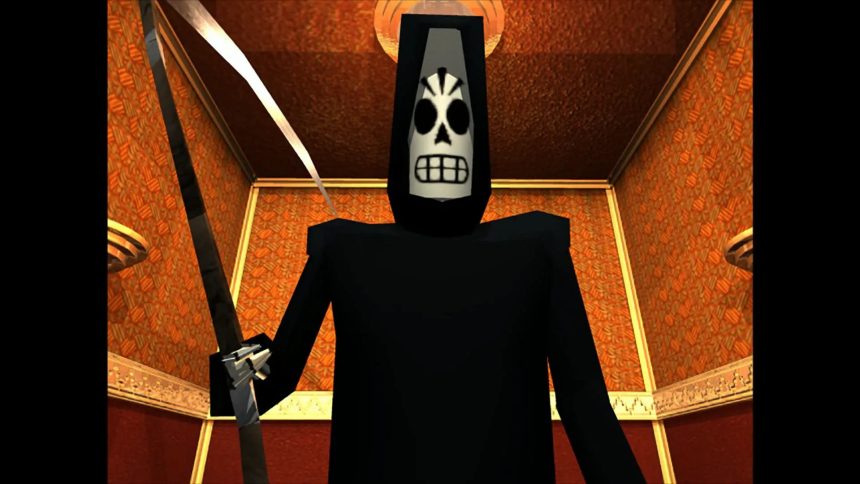Growing up in the mid-’80s, some of my earliest recollections involve the NES, particularly standing beside our aging CRT TV in the basement, pressing the Duck Hunt gun against the screen. A little later, during family road trips, the Game Boy made those journeys more bearable.
My adventures to Monkey Island, my failed spells in Simon the Sorcerer, and my heroic quests in King’s Quest were all family affairs. Yet, when reflecting on my earliest core gaming memories, it was playing the classic early-’90s LucasArts and Sierra adventure games with my mom. I was probably the one ‘driving,’ with her helping when I got stuck or when the game confounded me entirely.
Years later, my little brother took her place, watching over my shoulder as I played. My voyages to Monkey Island, my failed spells cast in Simon the Sorcerer, and my heroic King’s Quests were all family affairs.

Five years ago, the New York Times analyzed people’s Spotify data, revealing that the most crucial period for forming musical taste is between 13 to 16 for men and 11 to 14 for women. This aligns with my favorite game of all time: Grim Fandango, released when I was 12-and-a-half.
Grim Fandango stood out to me in a way no other game had before or since. The iconic soundtrack by Peter McConnell, with its Mexican Day of the Dead mariachi vibes, film noir mood, and joyous big band elements, hooked me from the opening cutscene. The game’s construction, including 3D sprites and impeccable art direction, created a living, breathing world.
Applying the golden rule of screenwriting—’arrive late, and leave early’—Grim Fandango drops players into the story as late as possible and gets out early, allowing them to discover the narrative through character interactions and subtext.

The game’s jumps forward in time add layers to Manny’s story, keeping players engaged. Tim Schafer’s mastery is evident throughout, making Grim Fandango an unforgettable experience. Twenty years later, as my friend and I set out to make our own game, Lil’ Guardsman, I hope it captures the essence of storytelling that made Grim Fandango timeless.
While Lil’ Guardsman shares more with Grim Fandango’s cousin, The Curse of Monkey Island, our aim is to create a game that lingers in players’ minds beyond the credits. It may appear cute and cartoonish, but it’s not just for kids—much like the games I played in my youth.
I envision parents thinking that their weird, nerdy kid will enjoy our strange, nerdy game, just as my mom did with titles like Sam and Max and Day of the Tentacle—games that cultivated my love for the genre and led me to my all-time favorite, Grim Fandango.







